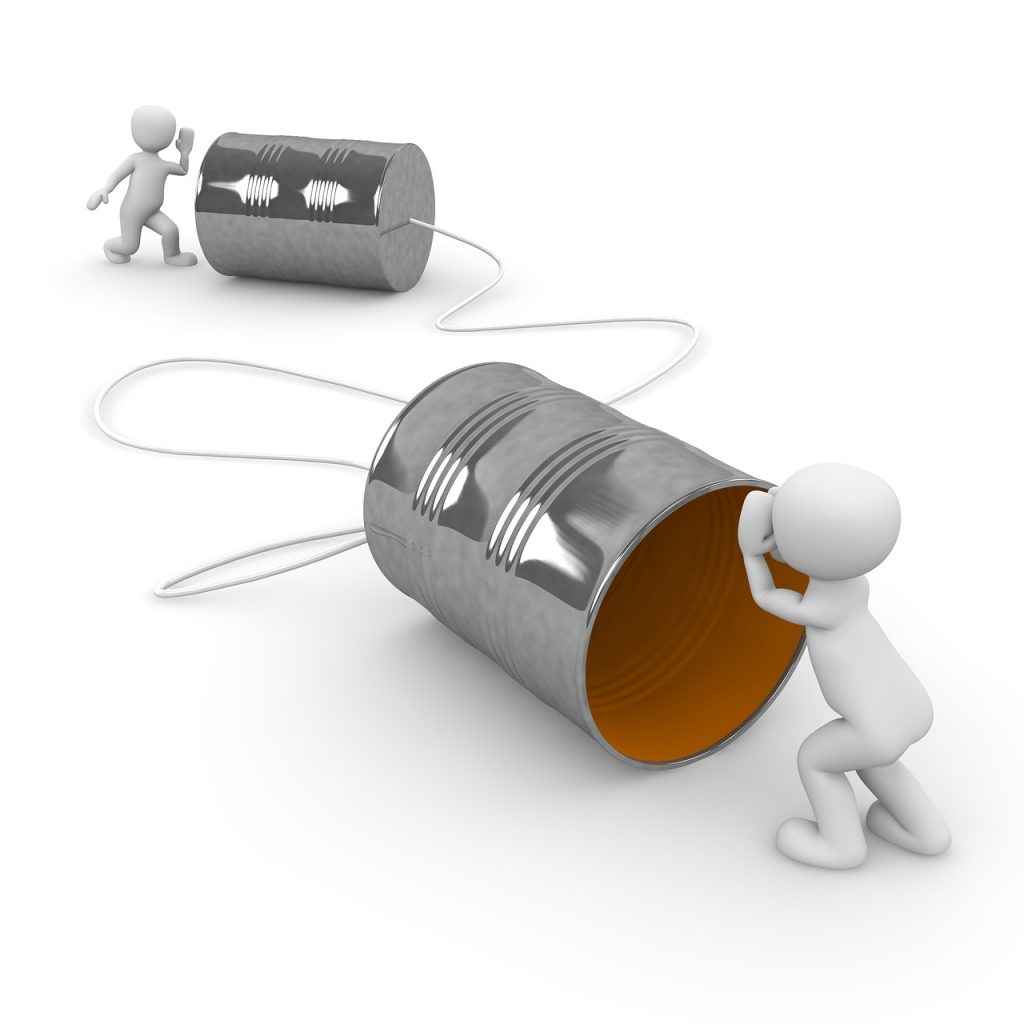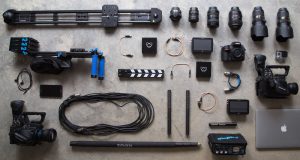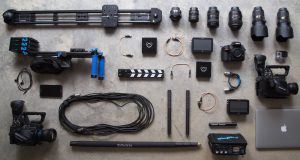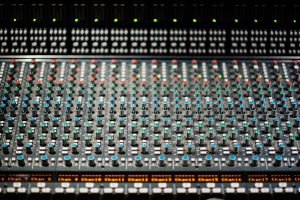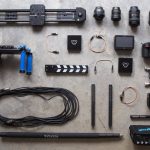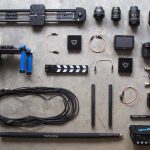Assume we want to send the letter ‘A’ over the serial port. The binary representation of the letter ‘A’ is 01000001. Remembering that bits are transmitted from least significant bit (LSB) to most significant bit (MSB), the bit stream transmitted would be as follows for the line characteristics 8 bits, no parity, 1 stop bit, 9600 baud.
LSB (0 1 0 0 0 0 0 1 0 1) MSB
The above represents (Start Bit) (Data Bits) (Stop Bit)
To calculate the actual byte transfer rate simply divide the baud rate by the number of bits that must be transferred for each byte of data. In the case of the above example, each character requires 10 bits to be transmitted for each character. As such, at 9600 baud, up to 960 bytes can be transferred in one second.
The first article was talking about the “electrical/logical” characteristics of the data stream. We will expand the discussion to line protocol.
Serial communication can be half duplex or full duplex. Full duplex communication means that a device can receive and transmit data at the same time. Half duplex means that the device cannot send and receive at the same time. It can do them both, but not at the same time. Half duplex communication is all but outdated except for a very small focused set of applications.
Half duplex serial communication needs at a minimum two wires, signal ground, and the data line. Full duplex serial communication needs at a minimum three wires, signal ground, transmit data line and receive data line. The RS232 specification governs the physical and electrical characteristics of serial communications. This specification defines several additional signals that are asserted (set to logical 1) for information and control beyond the data signals and signals ground.
These signals are the Carrier Detect Signal (CD), asserted by modems to signal a successful connection to another modem, Ring Indicator (RI), asserted by modems to signal the phone ringing, Data Set Ready (DSR), asserted by modems to show their presence, Clear To Send (CTS), asserted by modems if they can receive data, Data Terminal Ready (DTR), asserted by terminals to show their presence, Request To Send (
RTS), asserted by terminals when they want to send data. The section RS232 Cabling describes these signals and how they are connected.
The above paragraph alluded to hardware flow control. Hardware flow control is a method that two connected devices use to tell each other electronically when to send or when not to send data. A modem in general drops (logical 0) its CTS line when it can no longer receive characters. It re-asserts it when it can receive again. A terminal does the same thing instead with the RTS signal. Another method of hardware flow control in practice is to perform the same procedure in the previous paragraph except that the DSR and DTR signals are used for the handshake.
Note that hardware flow control requires the use of additional wires. The benefit to this, however, is crisp and reliable flow control. Another method of flow control used is known as software flow control. This method requires a simple 3 wire serial communication link, transmit data, receive data, and signal ground. If using this method, when a device can no longer receive, it will transmit a character that the two devices agreed on. This character is known as the XOFF character. This character is generally a hexadecimal 13. When a device can receive again it transmits an XON character that both devices agreed to. This character is generally a hexadecimal 11.
